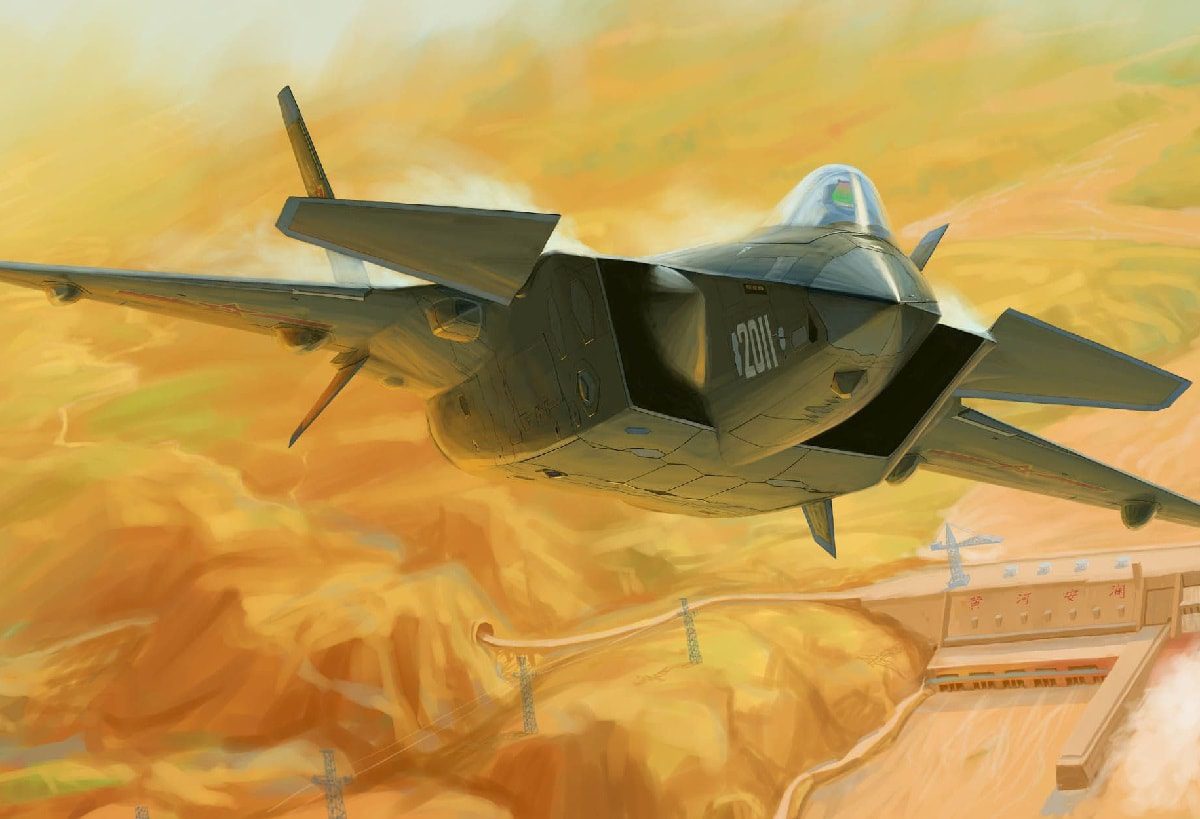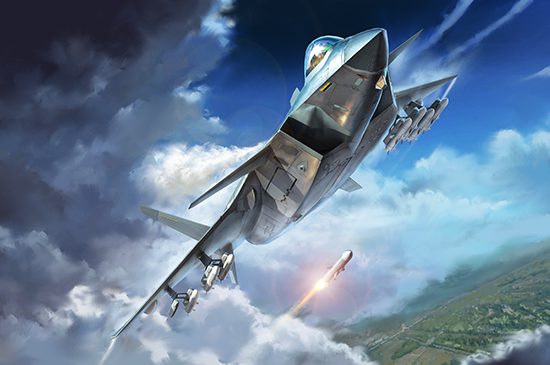China’s WS-15 Engine Ready for Mass Production, Overcoming Challenges, says AECC Official An Aero Engine Corporation of China (AECC) representative announced that the WS-15 engine has successfully resolved all production obstacles and is now prepared for mass production. Zhang Yong, a project director at AECC’s Beijing Institute of Aeronautical Materials, affirmed that technical difficulties related to WS-15 production have been overcome. Yong further stated, “The mass production of WS-10 and WS-15 engines has been accomplished. Material screening and verifications have been finalized.” This declaration was made during the Seventh China Aviation Innovation and Entrepreneurship Competition (CAIEC), covered by China Central Television (CCTV), the state-owned broadcaster.

The WS-15 engine will be integrated into future models of the Chengdu J-20 stealth fighter aircraft, utilized by the People’s Liberation Army Air Force (PLAAF). Boasting a 181-kilonewton power rating, the WS-15 engine is anticipated to provide the J-20 with remarkable supercruise capabilities, allowing it to achieve supersonic cruise speeds without engaging the afterburner, resulting in decreased fuel consumption. Yong also disclosed that the country has achieved “98% localization” for the WS-10C engine. While he did not elaborate on the remaining 2% of input, it likely pertains to parts or materials imported from other countries. The current J-20 fleet of the PLAAF is powered by the WS-10C engine, while various WS-10 variants equip the Chengdu J-10, Shenyang J-11B, and J-16 fighter aircraft. Yong additionally mentioned that the development challenges for the WS-19 and WS-20 turbofan engines, as well as an undisclosed next-generation engine, have all been overcome.

However, he noted that issues pertaining to the material supply chain must be addressed in order to manufacture and transport the sophisticated alloys required for engine production. The WS-19 turbofan engine is being developed for the Shenyang J-35 fighter plane, intended for operations from China’s aircraft carriers. Meanwhile, the high-bypass turbofan engine WS-20 is designed to power the Xi’an Y-20 of the PLAAF. China’s commitment to developing domestic engines stems from its desire to enhance the capabilities of the People’s Liberation Army Air Force (PLAAF) and achieve self-sufficiency in advanced air superiority platforms, particularly fourth- and fifth-generation aircraft.

Although China has made significant progress in designing and manufacturing complex airframes, it is still working towards producing entirely indigenous aircraft engines. In the past, China heavily relied on Russia for jet engine requirements. However, as China’s demand for advanced military aircraft grew, the government initiated an ambitious plan to develop domestic capabilities and reduce dependence on foreign nations. This endeavor involves collaboration between government and industry sectors to achieve self-reliance in critical areas. China began focusing on enhancing its engine capabilities and commenced efforts to domestically manufacture aircraft engines. Since the early 2000s, Beijing has intensified these efforts, investing a minimum of 900 billion Yuan (approximately US$129 billion). Aero Engine, an aircraft engine and gas turbine manufacturer, was established in August 2016 through the merger of 24 AVIC subsidiaries, employing approximately 10,000 individuals collectively.

The Shenyang Aeroengine Research Institute, a former AVIC subsidiary, played a significant role in developing the WS-10 and WS-15 engines. Although China initiated work on its most advanced WS-15 engine in the late 1990s, it has only recently begun utilizing the engine in experimental capacities. Furthermore, despite marketing its engines as domestically produced, China still heavily relies on foreign technologies for expertise and inputs during development. This dependence became evident when Russia discovered unauthorized replication of Russian technology by China, leading to a strain in their relationship. In 2019, Yevegny Livadny, chief of intellectual property projects at Russian state-owned corporation Rostec, expressed concerns over China’s imitation of Russian engines and aircraft, reflecting broader dissatisfaction in Moscow regarding China’s illicit reverse engineering practices to avoid additional payments to Russia.